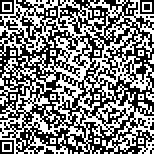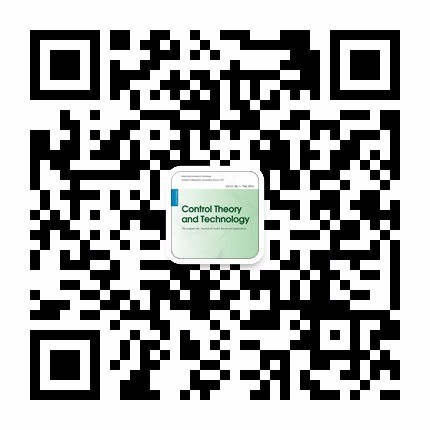| This Paper:Browse 722 Download 84 |

码上扫一扫! |
| Air quality short-term control in an industrial region under adverse weather conditions |
| YuriSKIBA,DavidPARRA-GUEVARA |
|
|
| (Center for Atmospheric Sciences, National Autonomous University of Mexico, Circuito Exterior, Ciudad Universitaria, CDMX, 04510, Mexico) |
|
| 摘要: |
| A new short-term optimal control of air quality in an industrial region during atmospheric inversions is proposed. Its goal is to prevent violation of health standard of air quality in a few monitored zones. The control establishes restrictions on the emission rates of industrial sources and includes the identification of the industrial sources violating (exceeding) the emission rates set by the control. Both control and identification are based on using solutions to an adjoint dispersion model. Conditions that show the convergence of the emission rates, prescribed by the control, to the original emission rates of the industrial sources are given (Theorems 4 and 5). These results ensure that the new emission rates of industrial sources (established by the control) will be as close as possible to the original emission rates throughout the entire period of application of the control. This creates the minimum possible restrictions on the functioning of industrial enterprises. The highlight of the new control is the possibility of selecting special weights for each pollution source in the goal function that is minimized. These weights are mainly aimed at reducing the intensity of emissions of the main sources of pollution. An example demonstrates the ability of the new method. A similar approach can also be used to develop methods for cleaning water zones polluted by oil (the problem of bioremediation), and to prevent excessive pollution of urban areas with automobile emissions. |
| 关键词: Dispersion model, adjoint model, adjoint estimates, optimal control, source detection |
| DOI:https://doi.org/10.1007/s11768-020-0091-5 |
|
| 基金项目:This work was supported by the National System of Researcher of Mexico (SNI, CONACyT) (Nos. 14539, 25170). |
|
| Air quality short-term control in an industrial region under adverse weather conditions |
| Yuri SKIBA,David PARRA-GUEVARA |
| (Center for Atmospheric Sciences, National Autonomous University of Mexico, Circuito Exterior, Ciudad Universitaria, CDMX, 04510, Mexico) |
| Abstract: |
| A new short-term optimal control of air quality in an industrial region during atmospheric inversions is proposed. Its goal is to prevent violation of health standard of air quality in a few monitored zones. The control establishes restrictions on the emission rates of industrial sources and includes the identification of the industrial sources violating (exceeding) the emission rates set by the control. Both control and identification are based on using solutions to an adjoint dispersion model. Conditions that show the convergence of the emission rates, prescribed by the control, to the original emission rates of the industrial sources are given (Theorems 4 and 5). These results ensure that the new emission rates of industrial sources (established by the control) will be as close as possible to the original emission rates throughout the entire period of application of the control. This creates the minimum possible restrictions on the functioning of industrial enterprises. The highlight of the new control is the possibility of selecting special weights for each pollution source in the goal function that is minimized. These weights are mainly aimed at reducing the intensity of emissions of the main sources of pollution. An example demonstrates the ability of the new method. A similar approach can also be used to develop methods for cleaning water zones polluted by oil (the problem of bioremediation), and to prevent excessive pollution of urban areas with automobile emissions. |
| Key words: Dispersion model, adjoint model, adjoint estimates, optimal control, source detection |

